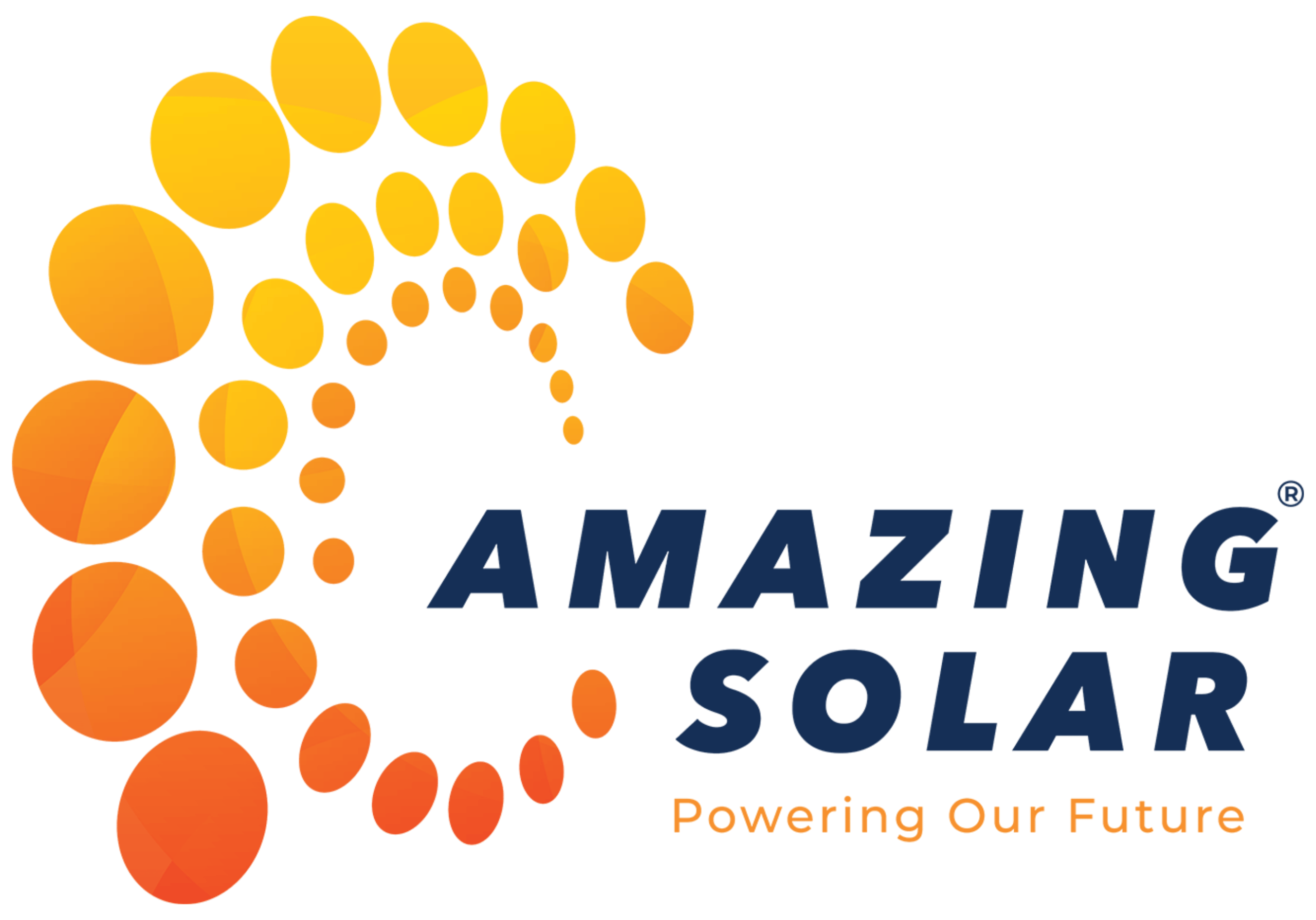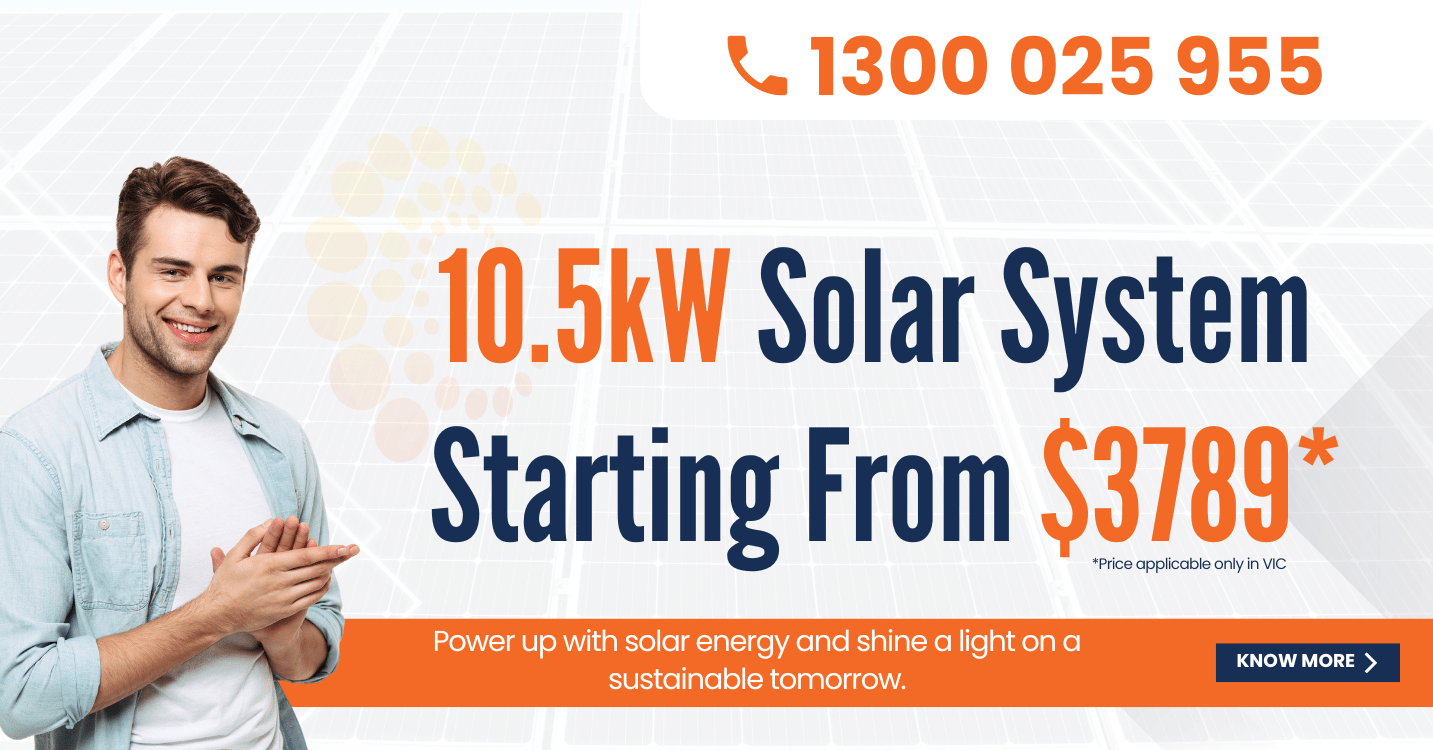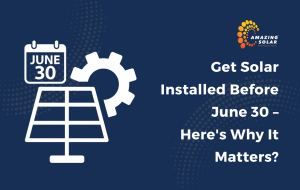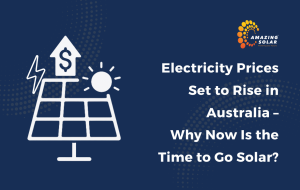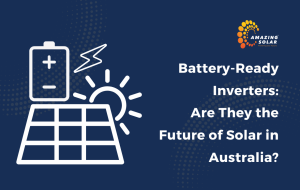Victoria’s Solar Premium Feed-in Tariff (PFIT) has been one of the most generous programs for solar energy users, helping to make solar installations an attractive option for households. However, this scheme is coming to an end on November 1, 2024. This blog will cover what the PFIT was, why it’s ending, and how solar customers in Victoria can adapt to this change, along with information pulled directly from various authoritative sources to give you a clear, comprehensive understanding.
What Was the Solar Premium Feed-in Tariff (PFIT)?
The origin and purpose of PFIT
Launched by the Victorian government in 2009, the Solar Premium Feed-in Tariff (PFIT) was designed to encourage the uptake of solar power by offering generous rates for electricity fed back into the grid. Homeowners who installed solar systems and joined the program between 2009 and 2011 were eligible to receive 60 cents per kilowatt-hour (kWh) for the excess solar electricity they exported. This was significantly higher than the regular electricity rate, making it a lucrative incentive for those early adopters of solar technology.
The program was instrumental in driving solar adoption across Victoria, leading to thousands of households benefiting from reduced electricity bills while contributing to a greener environment. For those who signed up, the 60 cents/kWh rate was locked in for 15 years, providing stability and predictability for households looking to invest in solar energy.
Why Is the PFIT Ending?
The PFIT was always intended to be a temporary measure to kick start the adoption of renewable energy. Since its launch, the cost of solar installations has decreased dramatically, and the market has matured. The Victorian government has now decided to phase out the PFIT, effective from November 1, 2024, as part of its shift towards more sustainable and balanced support for renewable energy.
The rationale behind the end of the PFIT includes:
- Cost efficiency: Solar panels have become more affordable over the years, making it easier for households to install them without the need for high feed-in tariffs.
- Encouragement of energy self-Sufficiency: The government is promoting a move towards energy self-consumption, where households use the electricity they generate instead of sending most of it to the grid. This shift supports grid stability and reduces pressure on the overall energy infrastructure.
- Balanced incentive programs: The focus has shifted to other forms of renewable energy incentives, including rebates for installing new solar systems and battery storage solutions, which help users maximize their energy independence.
Key Details About the End of PFIT
1. Transition to standard feed-in tariffs
Once the PFIT ends on November 1, 2024, participants will no longer receive the 60 cents per kWh rate. Instead, they will transition to the standard feed-in tariffs currently available in Victoria. These rates are significantly lower, ranging from 6 to 10 cents per kWh, depending on the energy retailer and other factors. Solar customers should prepare for a major reduction in the financial benefits they receive from exporting excess electricity to the grid.
2. Impact on household savings
The transition will lead to a reduction in the credits received by households, and thus, the amount of money they save on their electricity bills. For many who relied on the high rates to offset their power costs, this will mean a noticeable shift in their energy savings strategy.
3. Implications for energy retailers
Different energy retailers offer varied rates for standard feed-in tariffs. Solar customers should take the opportunity to shop around and find the most favorable rates available. Some retailers might provide slightly higher rates or other incentives that could help soften the impact of the PFIT’s end.
How Solar Customers Can Adapt
With the end of the PFIT, solar customers need to rethink how they use and manage their solar energy. Here are several strategies to consider:
1. Maximize self-consumption of solar energy
With lower feed-in tariffs, it makes more financial sense to use the electricity your system generates rather than exporting it. This means households should aim to consume more of their solar power during the day when their panels are most productive. This can be achieved by scheduling the use of high-energy appliances, such as washing machines, dishwashers, and electric heaters, to run during peak sunlight hours.
2. Invest in battery storage solutions
One of the most effective ways to counter the drop in feed-in tariff rates is to install a home battery storage system. Batteries store excess electricity generated during the day, allowing you to use it during the evening or when the sun isn’t shining. This can lead to greater energy independence and lower electricity bills.
The Victorian government is still offering rebates for battery installations, which can make this option more affordable. By adding a battery to your solar system, you can make better use of the energy you generate and reduce your reliance on grid power, even after the PFIT ends.
3. Expand your existing solar system
If you’re currently a PFIT participant, consider expanding your existing solar system before the scheme ends. While the initial tariff might not be as generous after the PFIT ceases, adding more panels can still boost your total energy production. Coupled with battery storage, this could help you offset the reduction in feed-in tariff income by allowing you to consume more of your generated energy directly.
4. Explore the best feed-in tariff plans
After the PFIT ends, the range of standard feed-in tariffs will vary based on your energy retailer. It’s a good idea to review your plan and switch to a provider that offers the best rates for solar feed-ins. This will help you maximize the returns on your solar system, even if the rates are lower than before.
Current Government Support and Incentives
The end of the PFIT does not mean the end of support for solar users. The Victorian government continues to back renewable energy initiatives through various programs:
Solar panel rebate: This helps reduce the upfront cost of installing new solar panels for households, making solar energy more accessible. Homeowners can save thousands on installation costs, encouraging further adoption of solar power.
Battery storage rebate: To promote energy storage solutions, the government offers rebates on home battery systems. This can significantly reduce the initial cost, making it easier for households to invest in battery storage and become more energy self-sufficient.
Solar homes program: Part of a broader effort to make Victoria a leader in clean energy, the Solar Homes Program offers rebates for new solar panel systems, battery storage, and solar hot water systems. These programs aim to make it easier for new customers to enter the solar market, even as previous schemes like the PFIT phase out.
Future initiatives: As the PFIT ends, the government is expected to continue rolling out new programs and incentives to encourage the growth of solar energy in the state. These could include enhanced support for community batteries, electric vehicle integration, and smart home systems to better manage energy usage.
Preparing for the Future of Solar in Victoria
The conclusion of the Solar Premium Feed-in Tariff marks a significant shift in the landscape of solar energy in Victoria. While the high rates were a major incentive for early adopters, the environment for solar energy has evolved, with new technologies and incentives emerging to take their place.
Long-Term Benefits of Solar Energy
Despite the end of the PFIT, investing in solar energy remains a smart choice for Victorian households. With lower installation costs, more efficient panels, and available rebates, new and existing customers can continue to benefit from renewable energy. Adding battery storage to an existing system can further enhance these benefits by providing energy security and greater independence from the grid.
Stay Updated with Amazing Solar
Navigating the changes in Victoria’s solar landscape can be challenging, but it doesn’t have to be. Amazing Solar is here to help you make the most of your solar investment. Whether you’re exploring new battery storage solutions, expanding your solar system, or looking for the best feed-in tariffs, our team of experts can guide you through the process.
For more information, expert advice, and to explore the best solar solutions tailored to your needs, visit Amazing Solar. Make sure your solar future remains bright and sustainable, even as the PFIT sunsets. Start planning today!
Conclusion
The end of the Solar Premium Feed-in Tariff is a significant event for solar customers across Victoria. While the high rates that participants enjoyed will no longer be available, this change reflects the broader evolution of the solar industry. With affordable technology, enhanced battery options, and ongoing government support, there are still plenty of reasons to invest in solar energy. By adapting to these changes and exploring new strategies for energy management, homeowners can continue to benefit from their solar systems long after the PFIT has ended.




